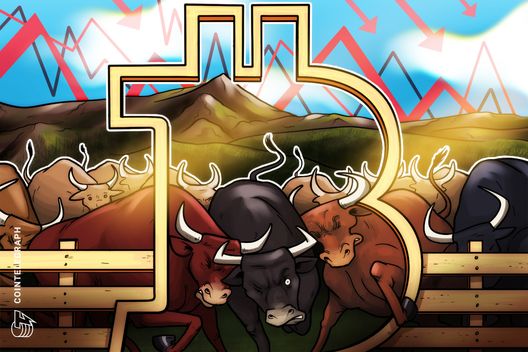In recent developments, Max Keiser, a crucial Bitcoin advisor to El Salvador’s President Nayib Bukele as well as an ardent supporter of cryptocurrencies, has forecasted an imminent Bitcoin “supply shock.” He made this prediction through a post on his X account, asserting that after performing a detailed analysis, the supply shock is unavoidable. This prediction draws from the fact that out of the capped 21 million Bitcoins, nearly 20 million have already been mined, causing a stir within the Bitcoin community.
Why Is Keiser Predicting a Bitcoin Supply Shock?
Keiser’s claims refocus attention on the constraint of Bitcoin’s overall supply of 21 million BTC, as established by Satoshi Nakamoto’s protocol. With almost 20 million already in use, Keiser anticipates that continued demand will inevitably push prices higher due to the dwindling supply.
Will Approving ETFs Impact Bitcoin Demand?
Samson Mow, CEO of JAN3, supports the idea of a supply shock scenario, pointing out the potential approval of spot Bitcoin ETFs by early 2024 as a catalyst. He indicates that funds like BlackRock’s iShares IBIT have siphoned off significant amounts of Bitcoin into custodial accounts, which curtails exchange liquidity. This development could lead to an unprecedented rise in demand as institutional attention continues to grow.
The mechanism of Bitcoin’s block reward halving plays an instrumental role in this scenario. Scheduled for April 20, 2024, the halving event will slashi the block reward from 6.25 BTC to 3.125 BTC, and it is expected to further reduce miner pressure to sell, thus shrinking new Bitcoin production to the market.
Institutional investments are another driving force behind potential supply constraints. Michael Saylor’s firm holds significant Bitcoin reserves, while entities like Metaplanet and ProCap BTC continue acquiring Bitcoin. Such treasury strategies, along with ETF inflows, reinforce Keiser’s forecast of the supply shock.
As institutional acquisitions of Bitcoin increase for prolonged holding periods, the pressure on the existing supply intensifies, thereby adding weight to the scarcity and value narratives. The dual forces of reduced supply and heightened demand from institutional investors might soon spark a significant shift in the market.
- Bitcoin’s capped supply is nearing its limit with 20 million of 21 million mined.
- Upcoming block reward halving will slash Bitcoin production rates by half.
- Institutional demand, fuelled by ETFs such as iShares IBIT, is increasing.
- Treasury strategies from firms like Michael Saylor’s are reducing market liquidity.
The prospect of a Bitcoin supply shock underscores the intricate dynamics between supply constraints and surging demand, driven by institutional interest and pivotal market mechanisms like block reward halving. Observers will be keenly watching how these elements unfold in shaping Bitcoin’s future trajectory.
Disclaimer: The information contained in this article does not constitute investment advice. Investors should be aware that cryptocurrencies carry high volatility and therefore risk, and should conduct their own research.
















 English (US)
English (US)